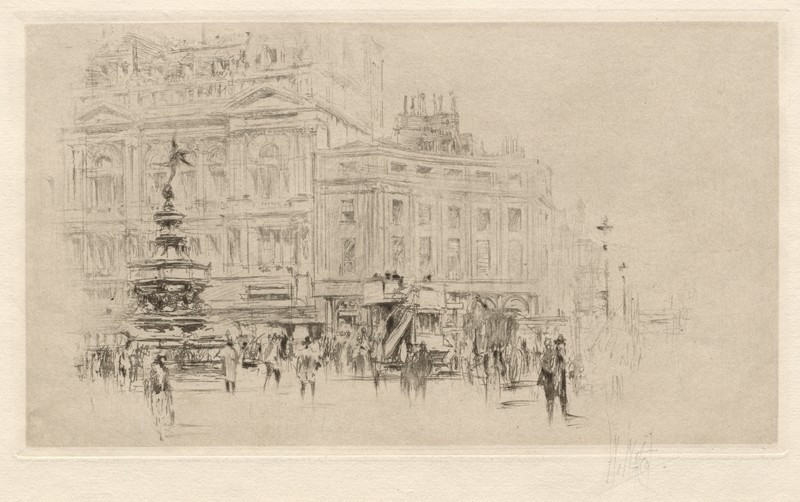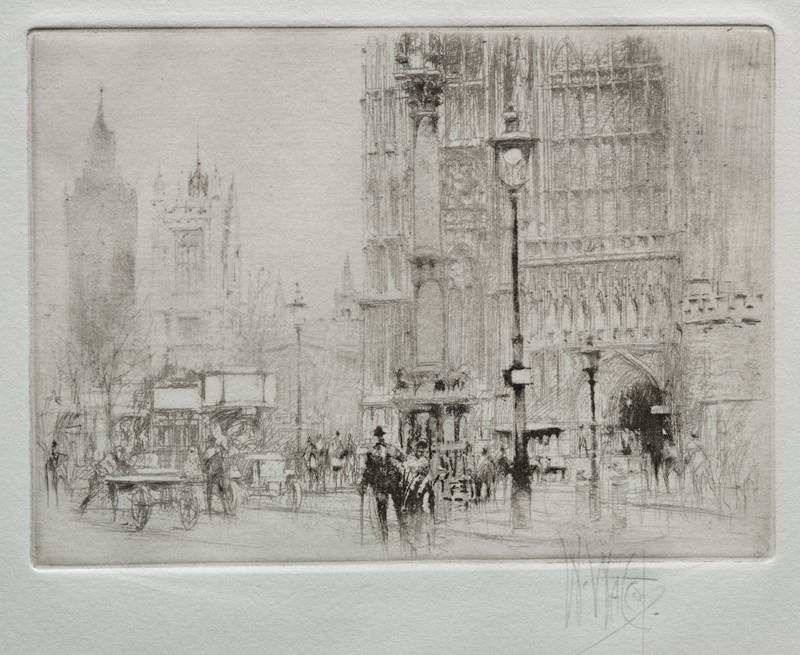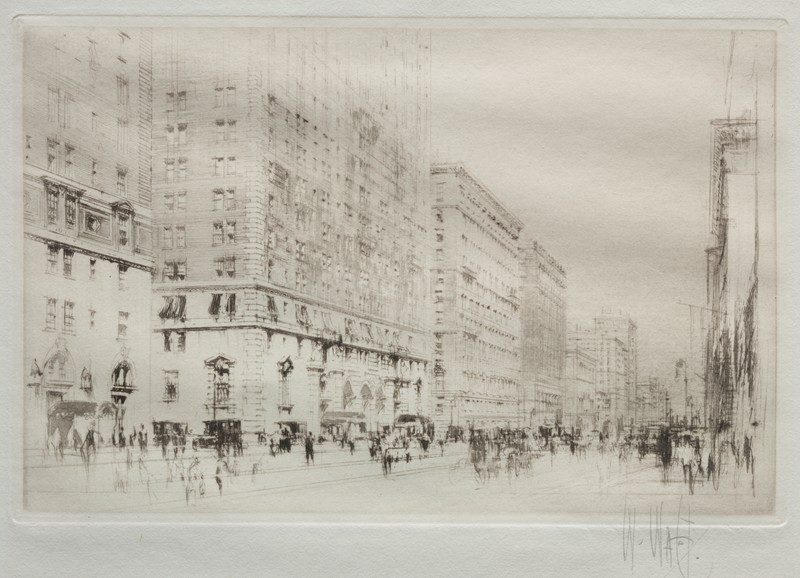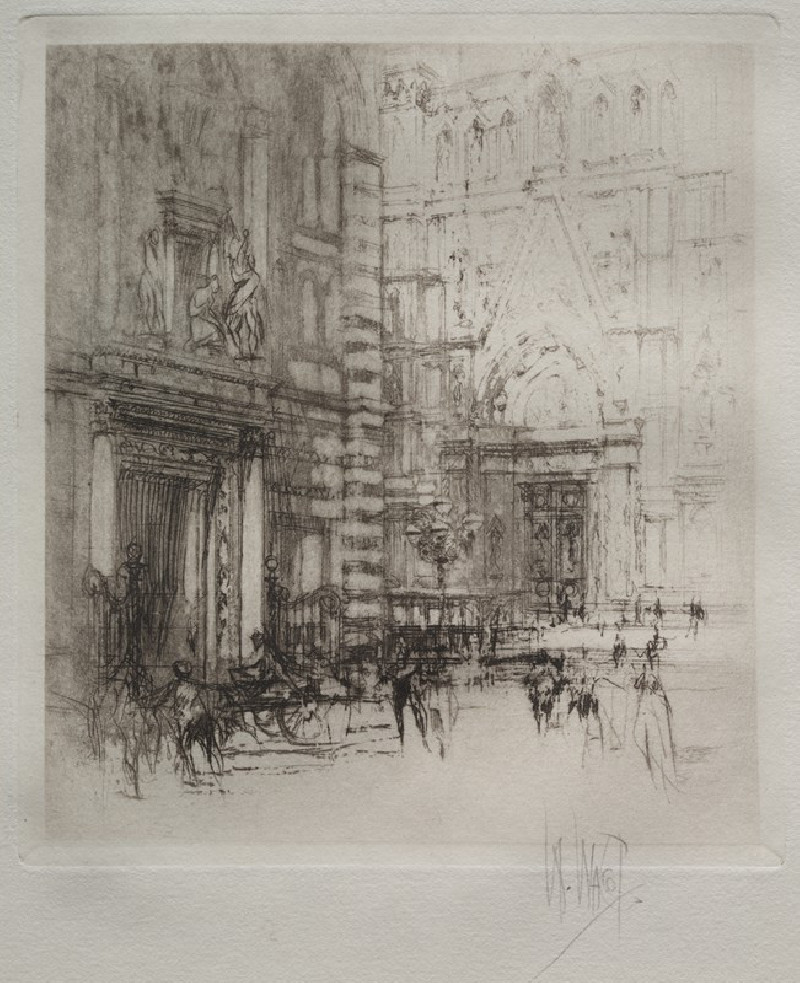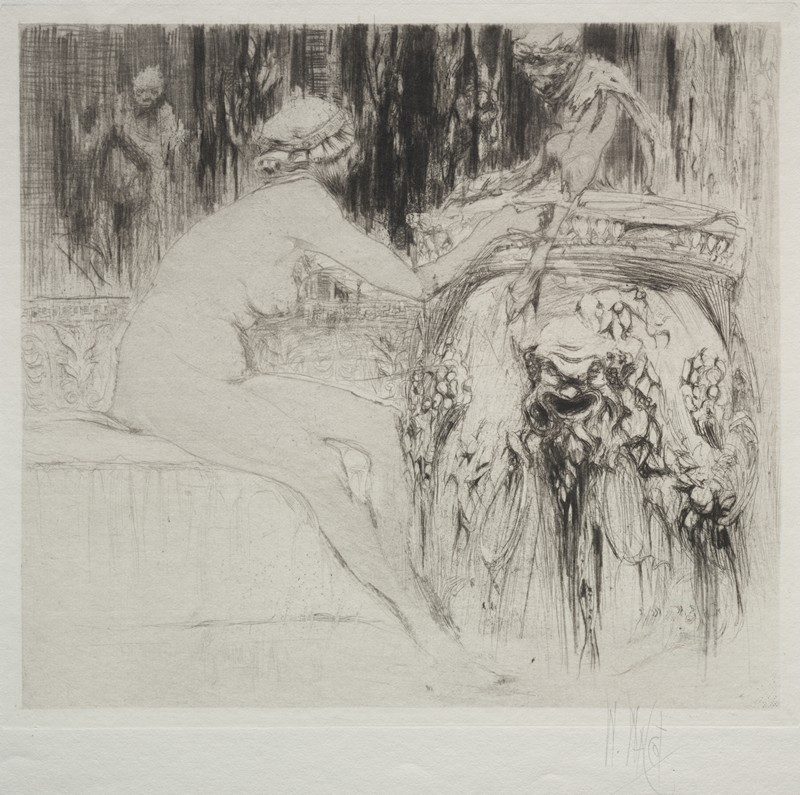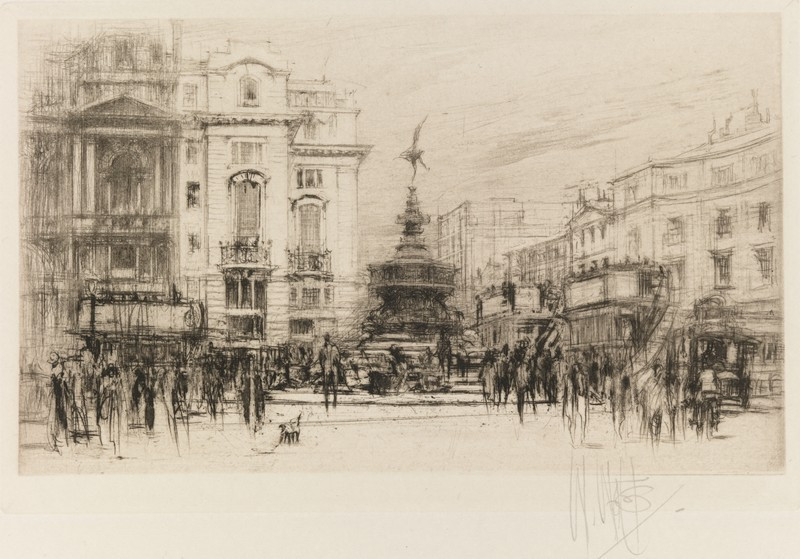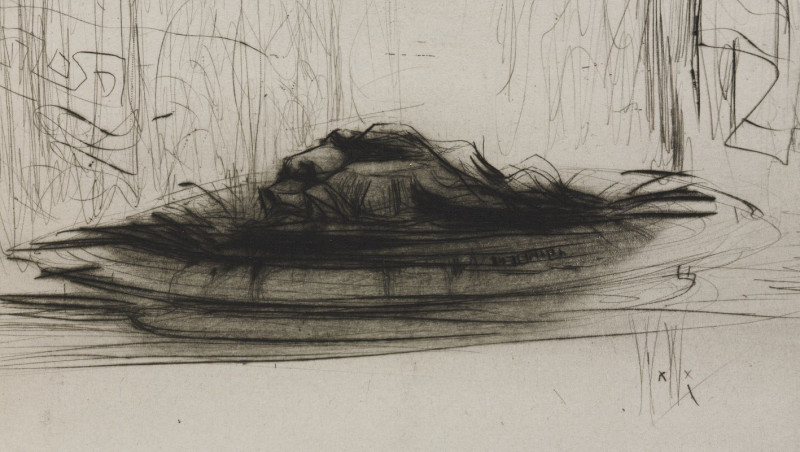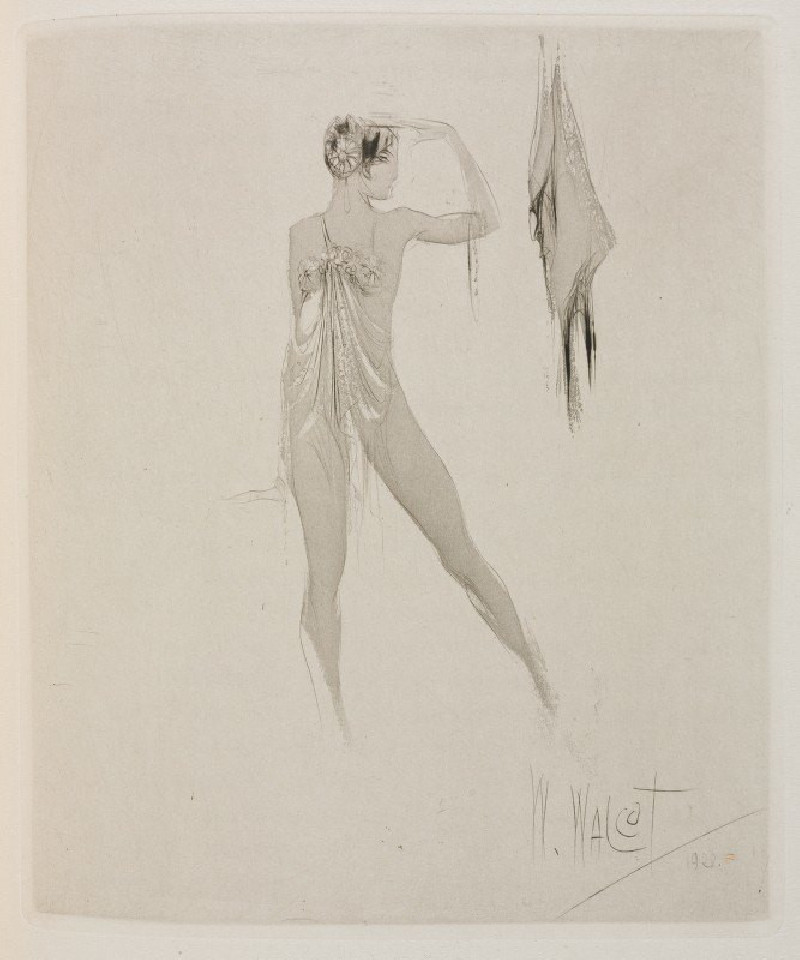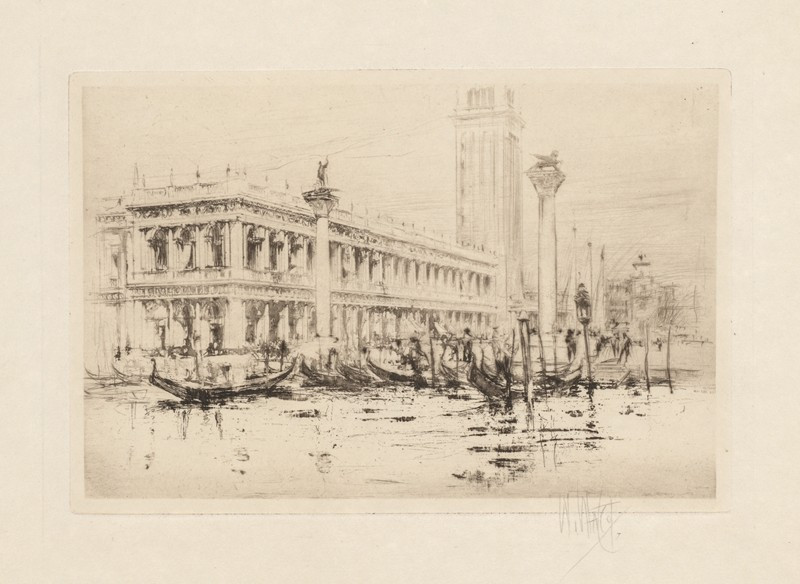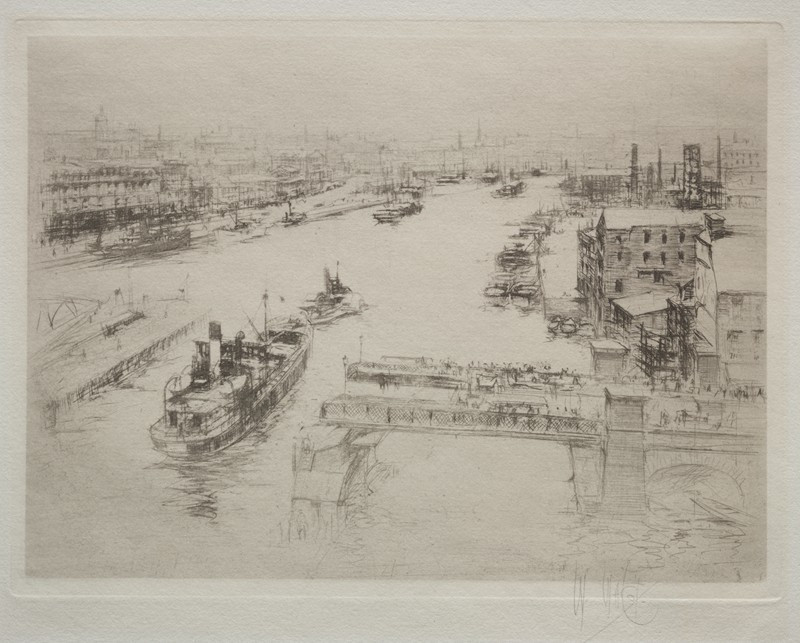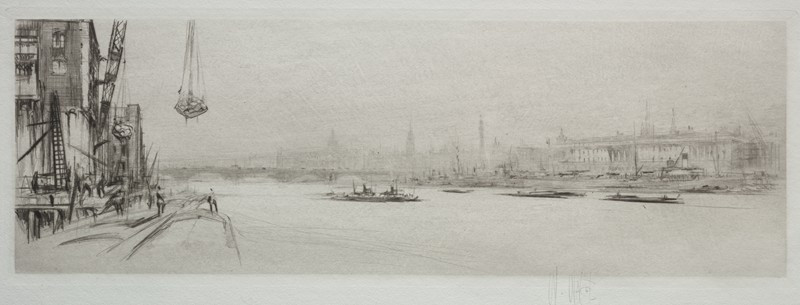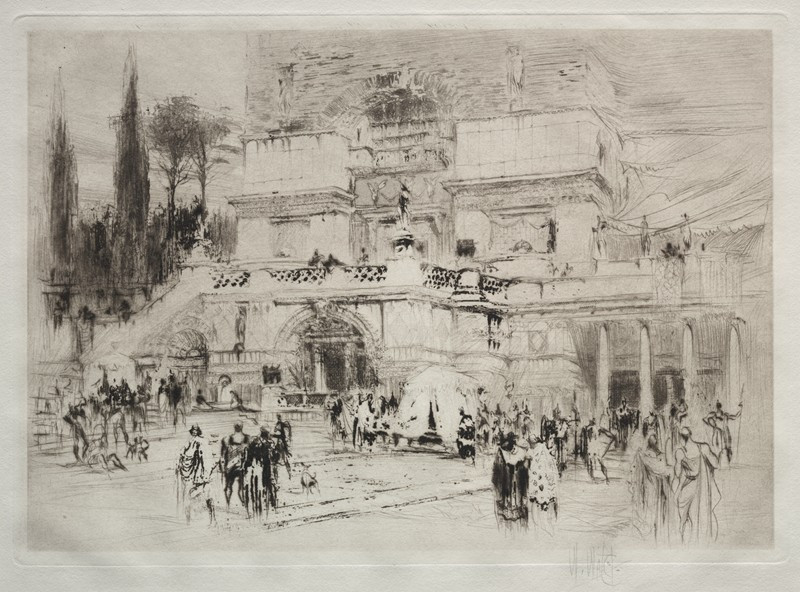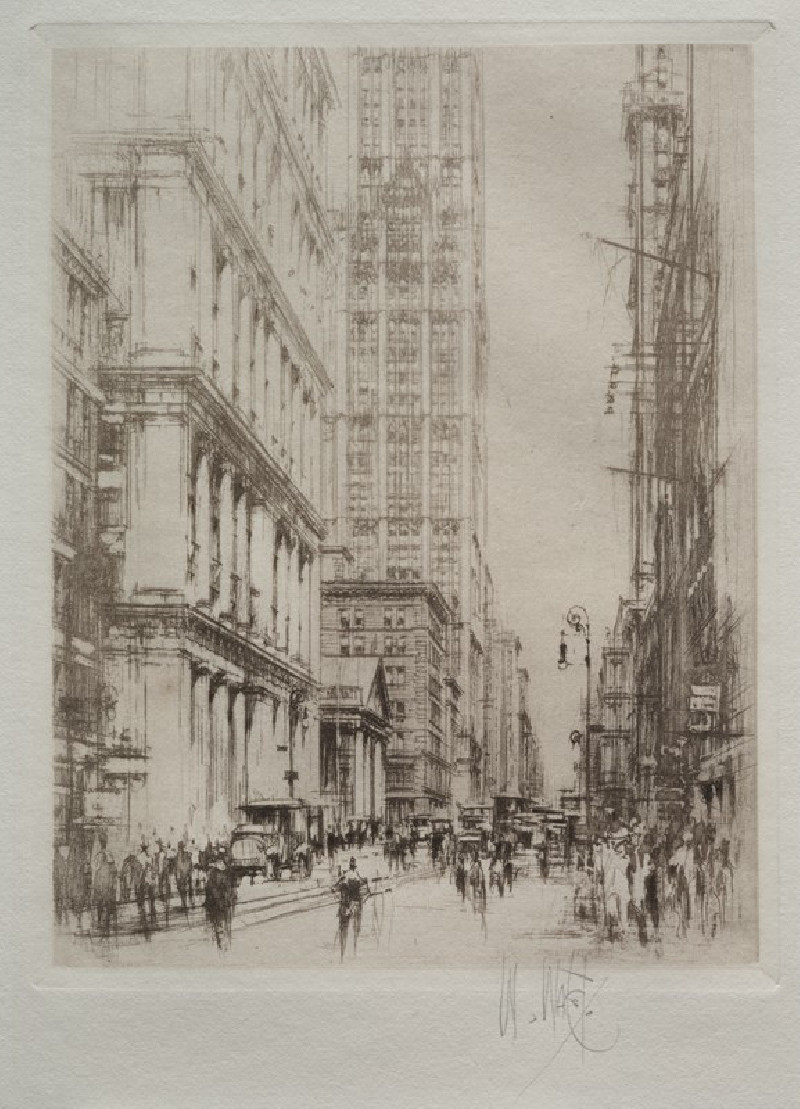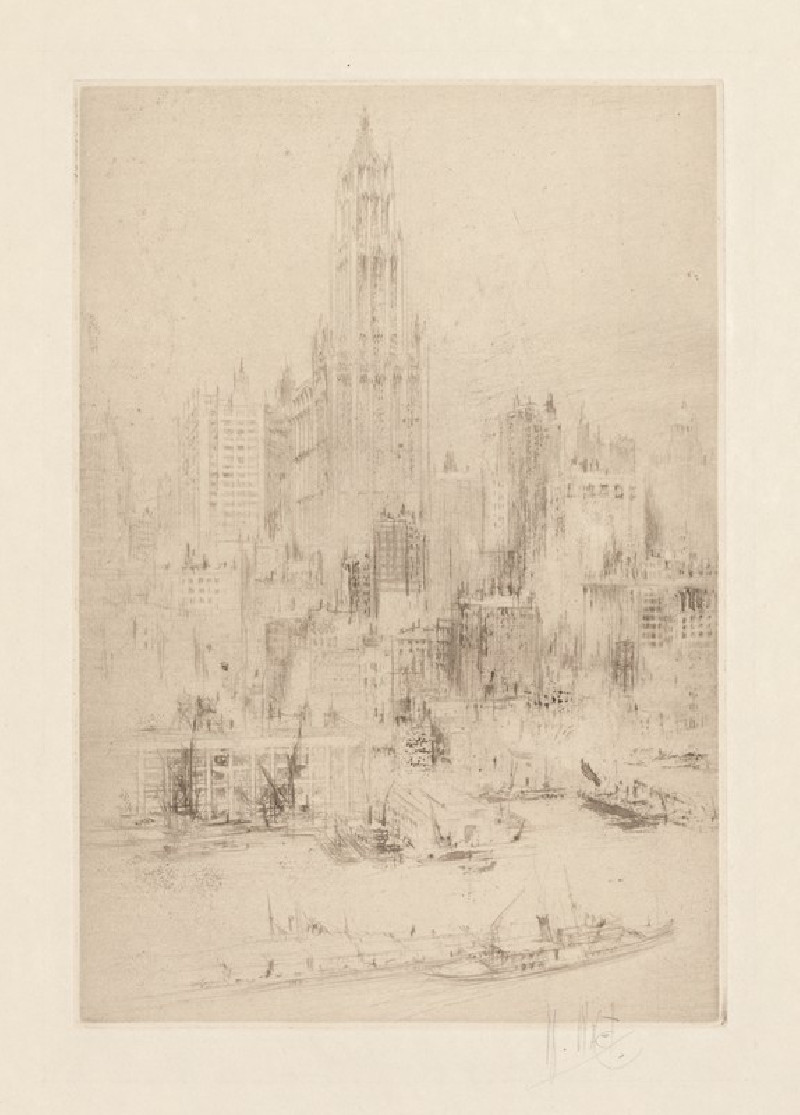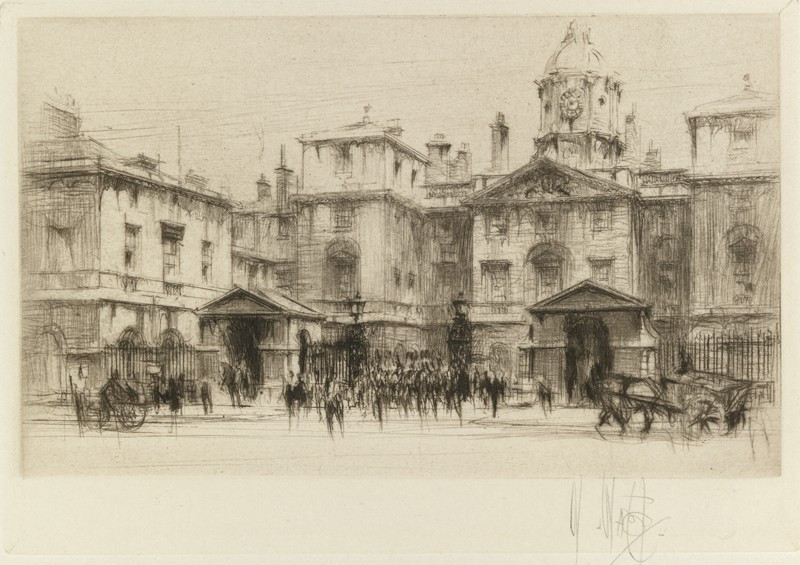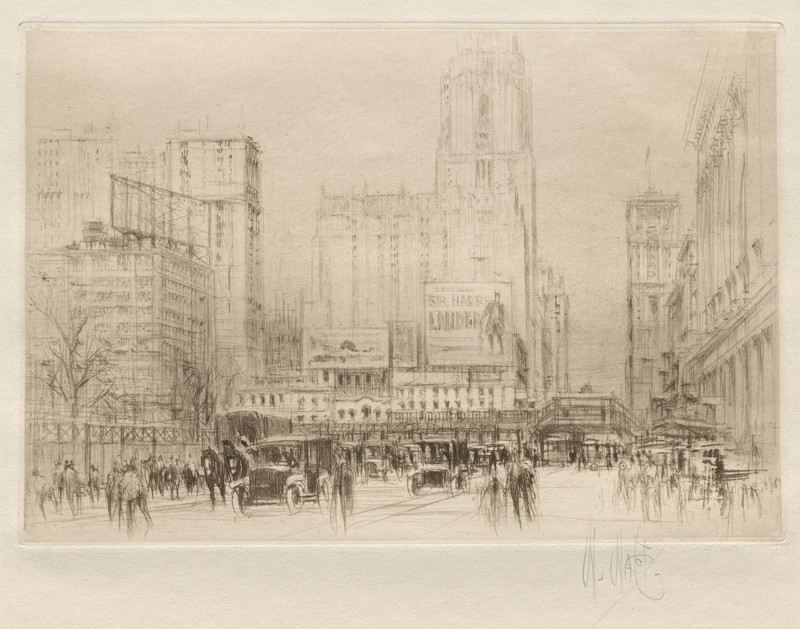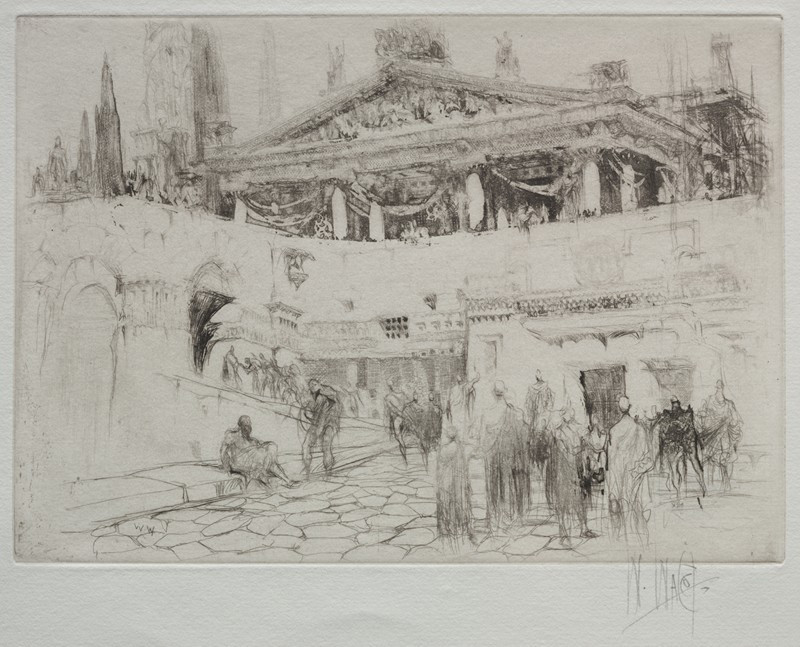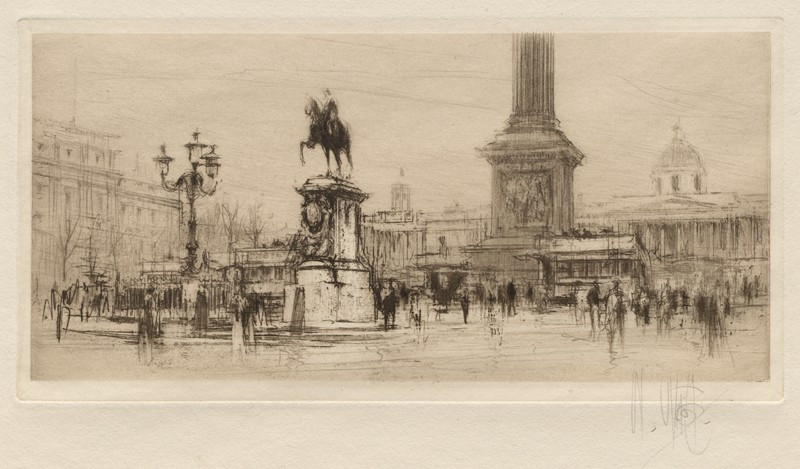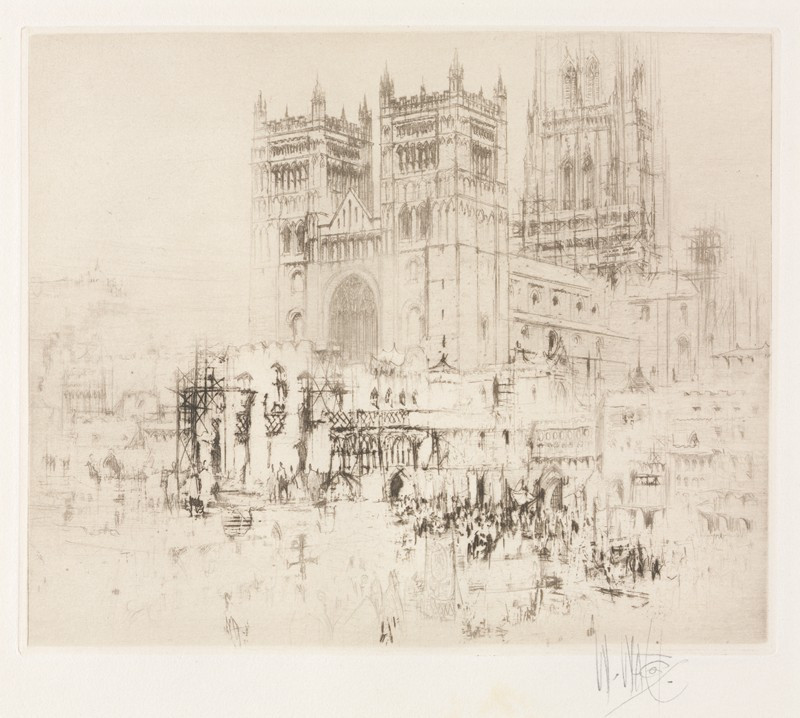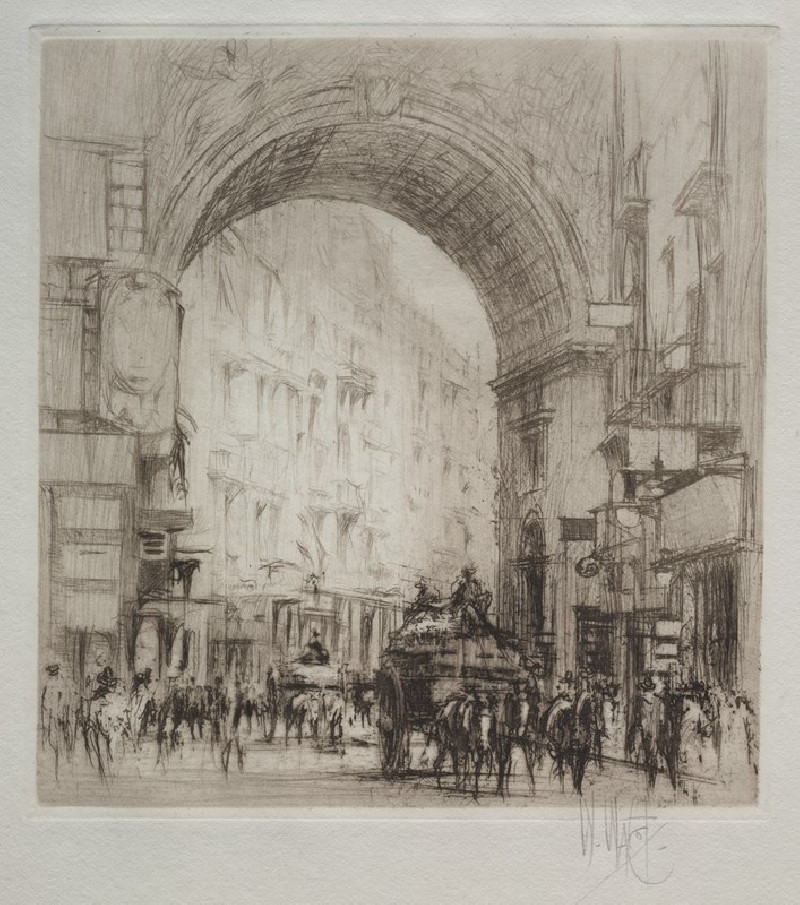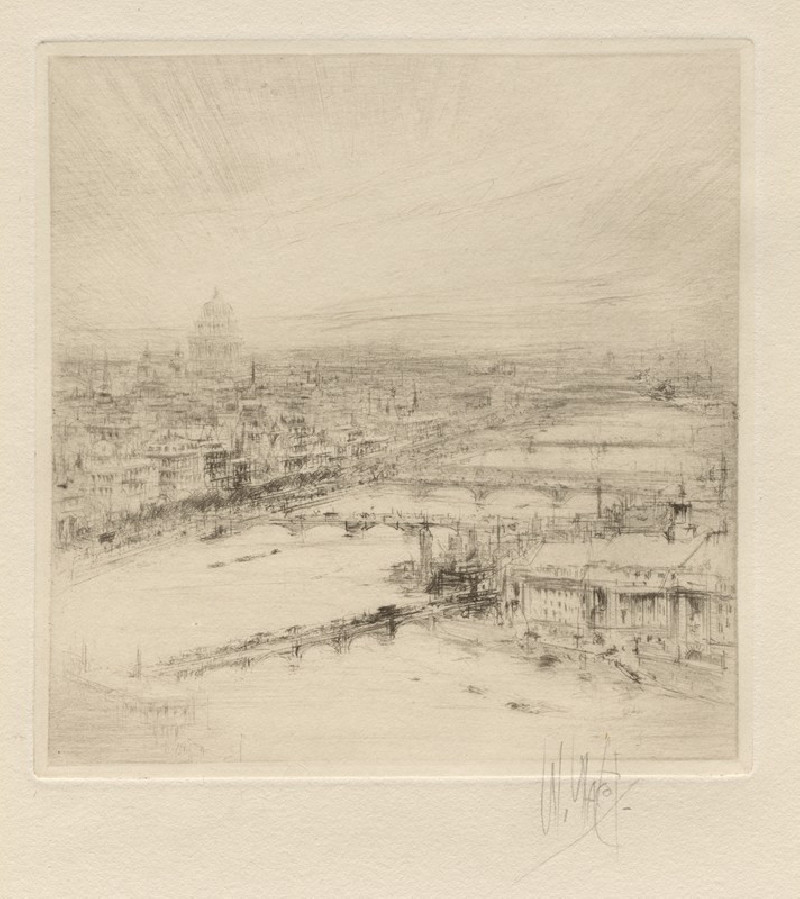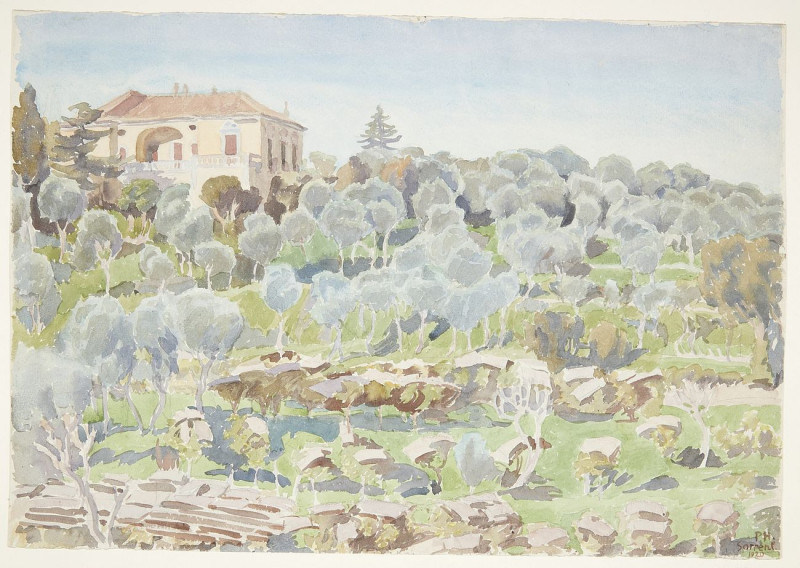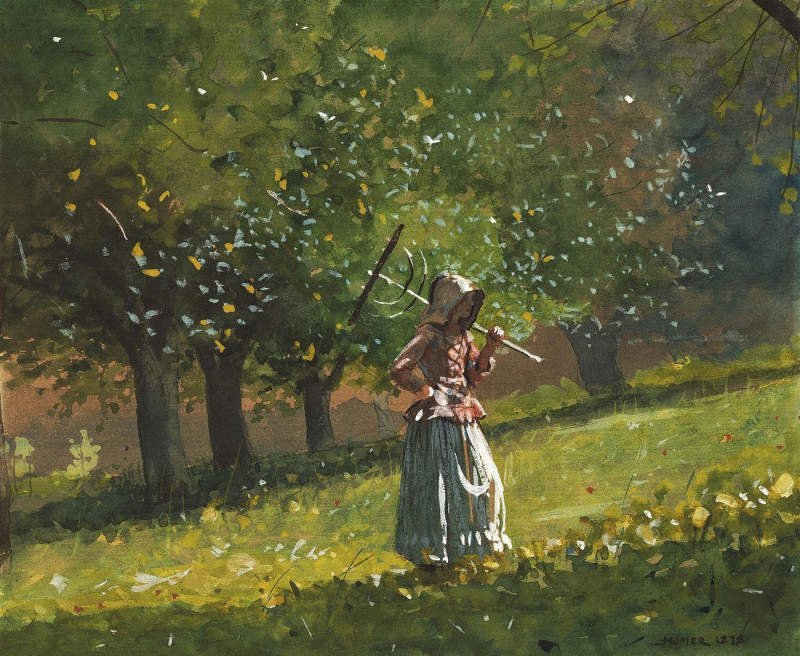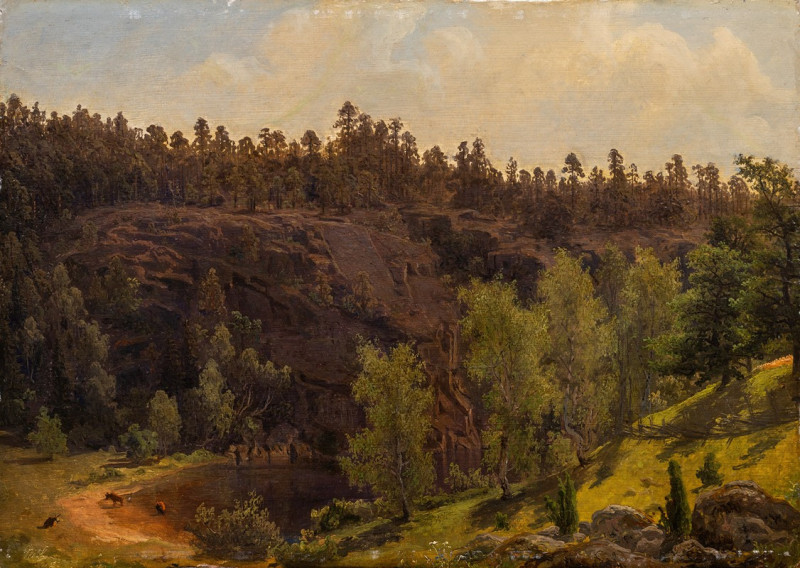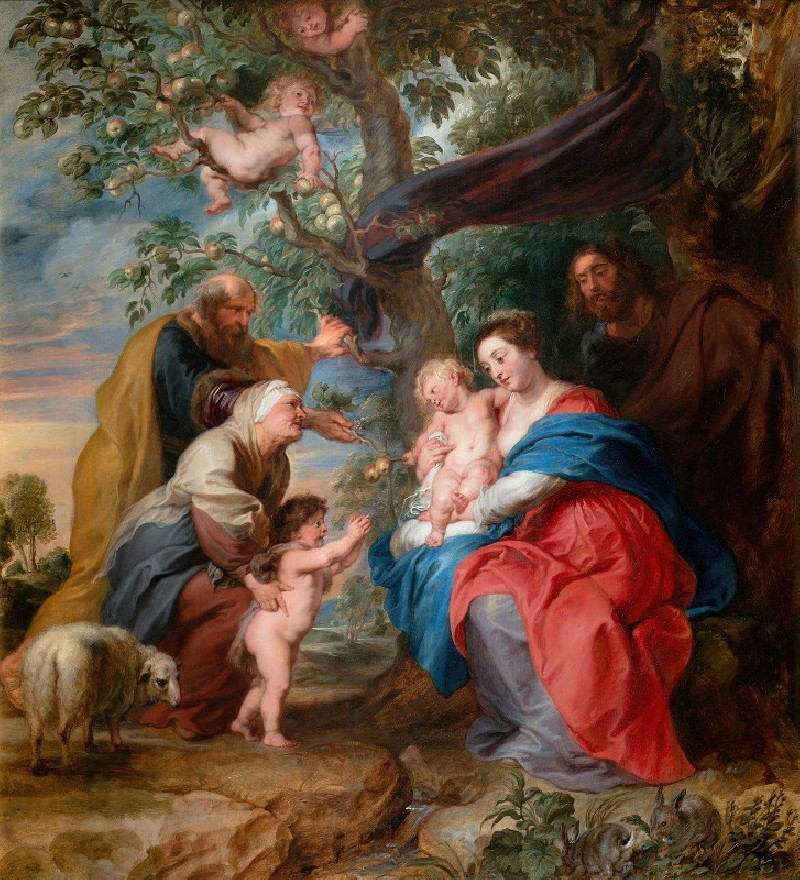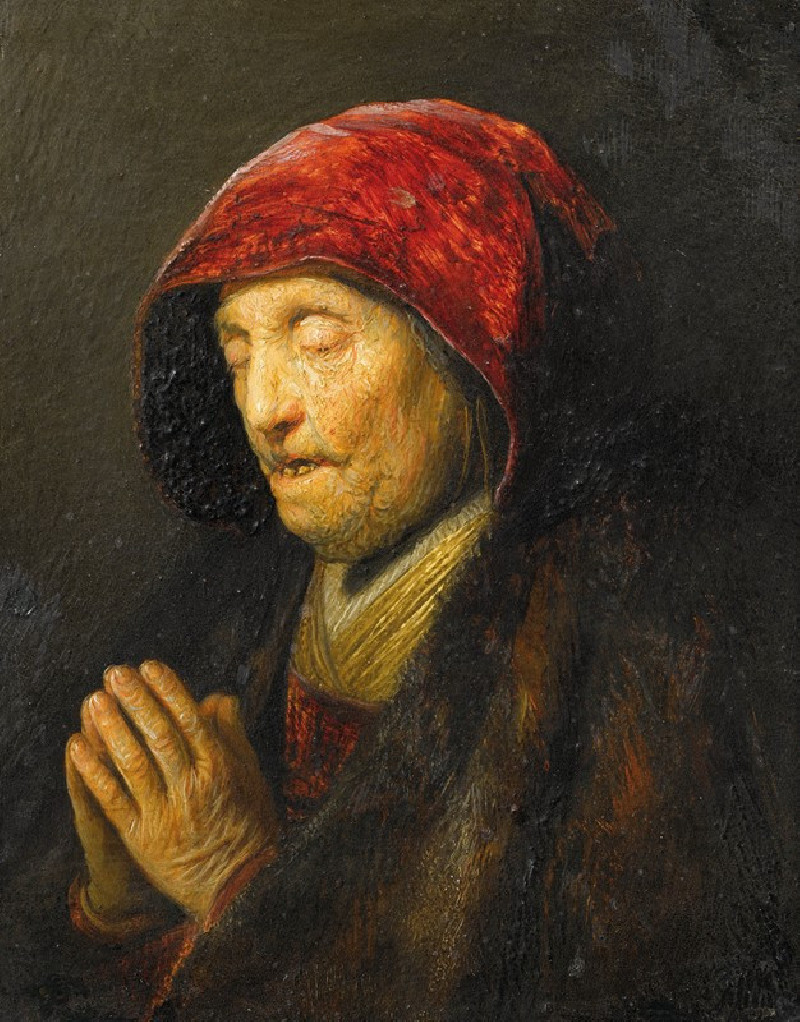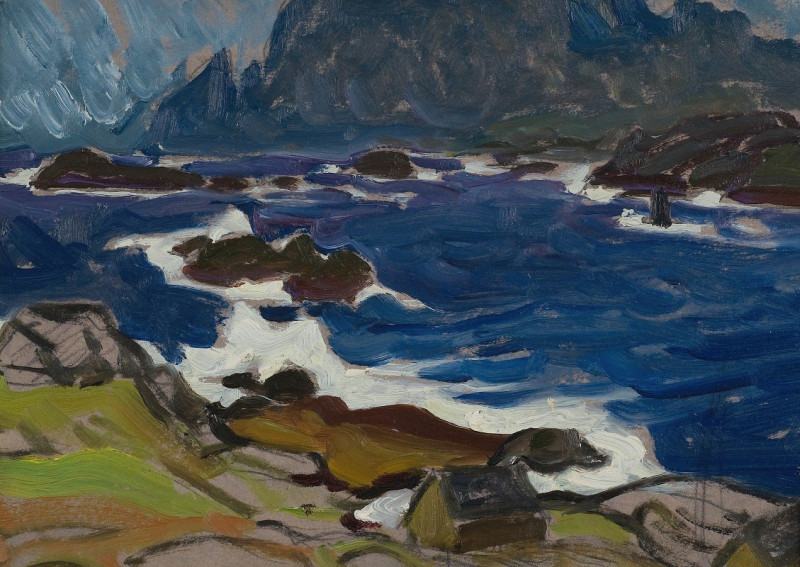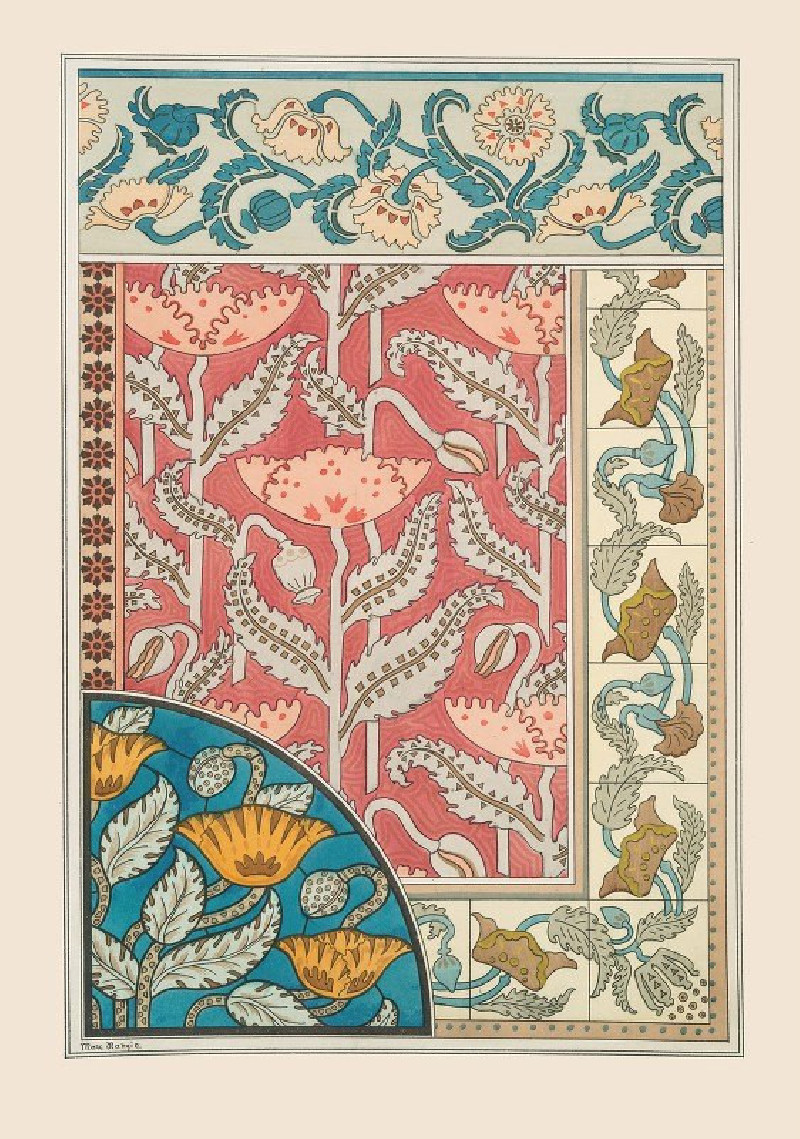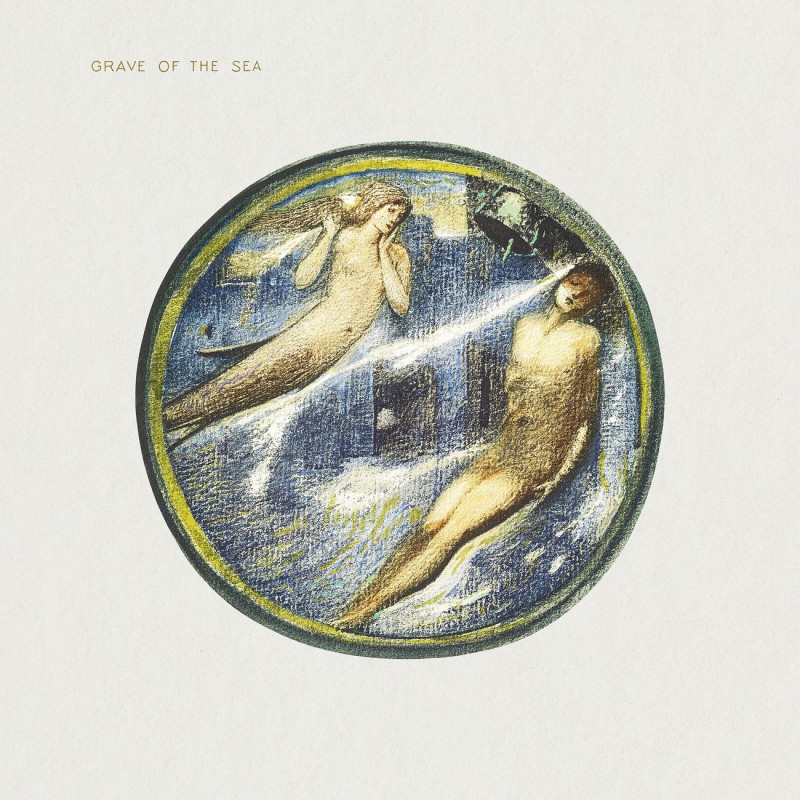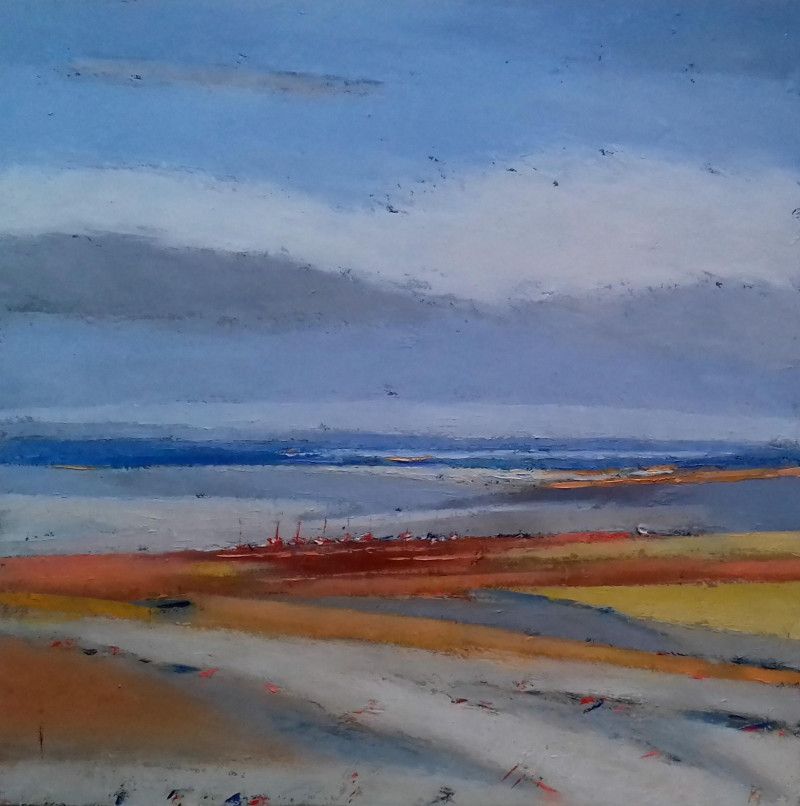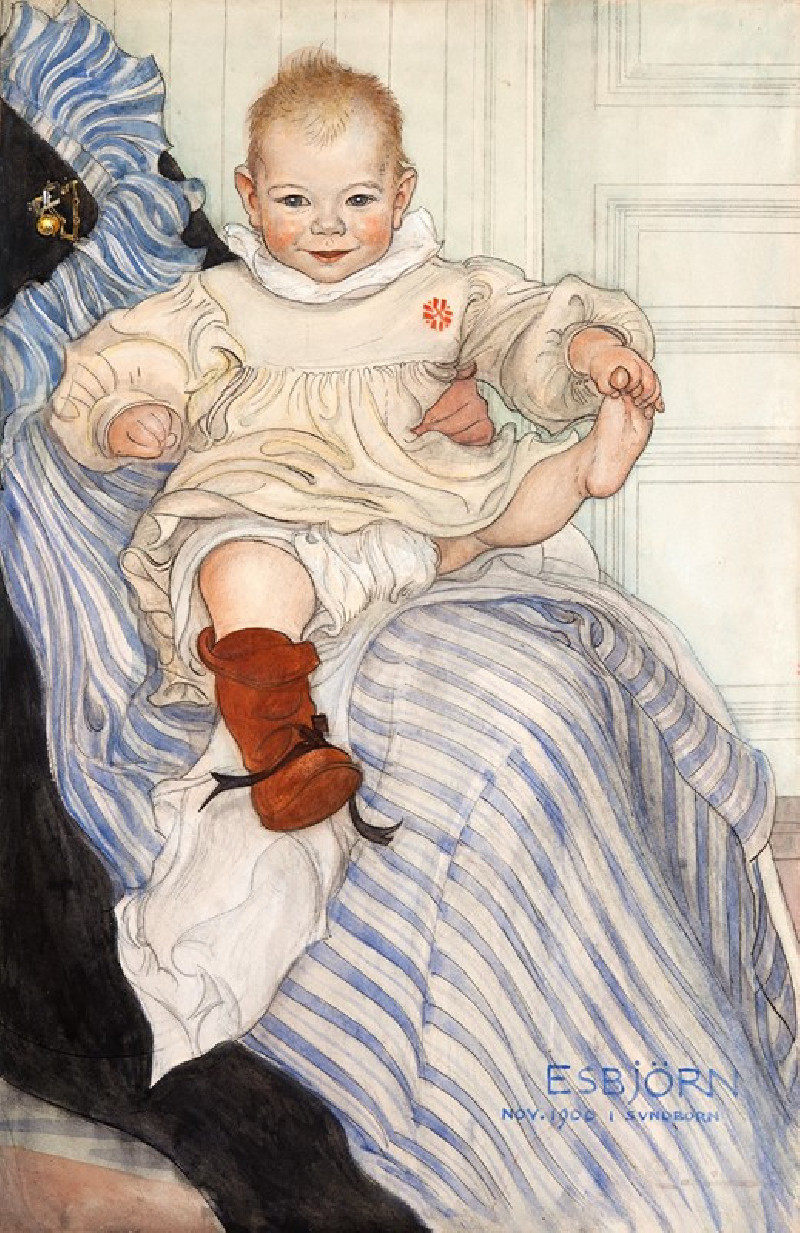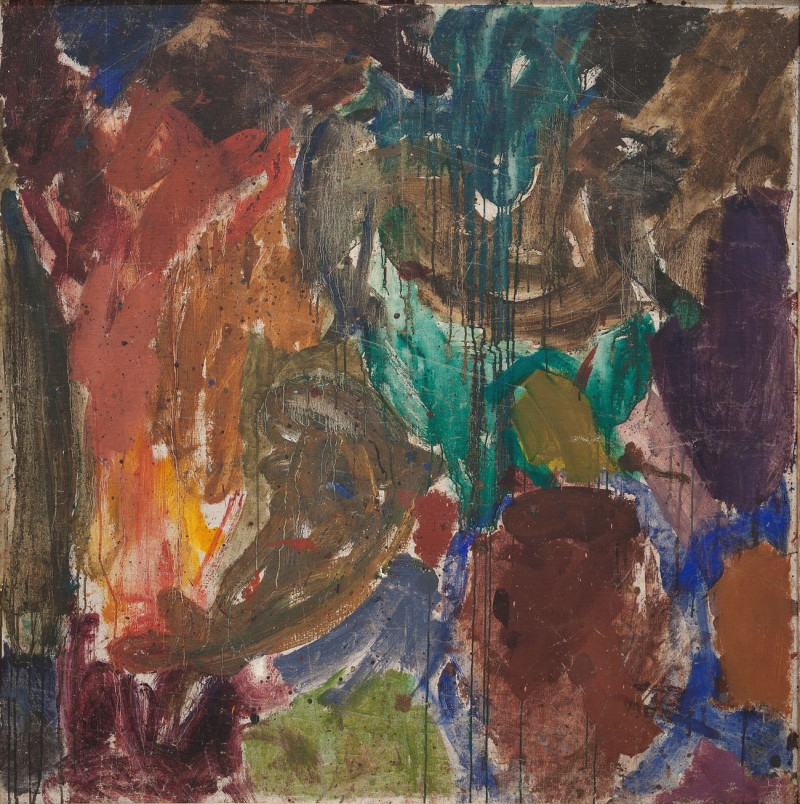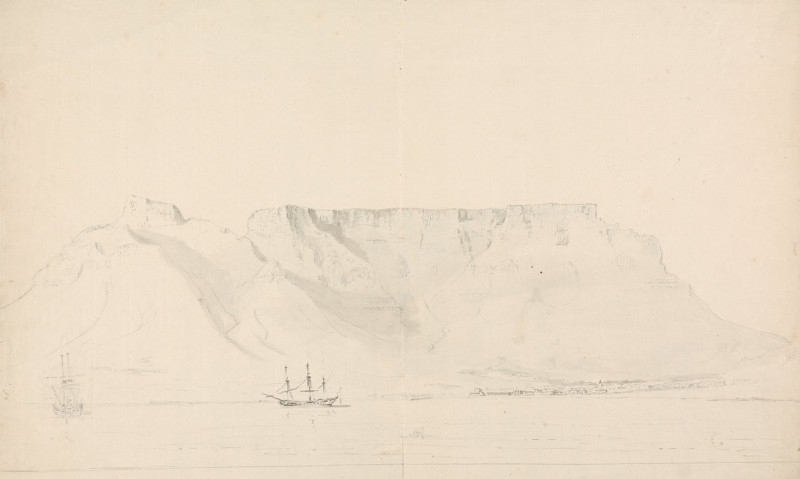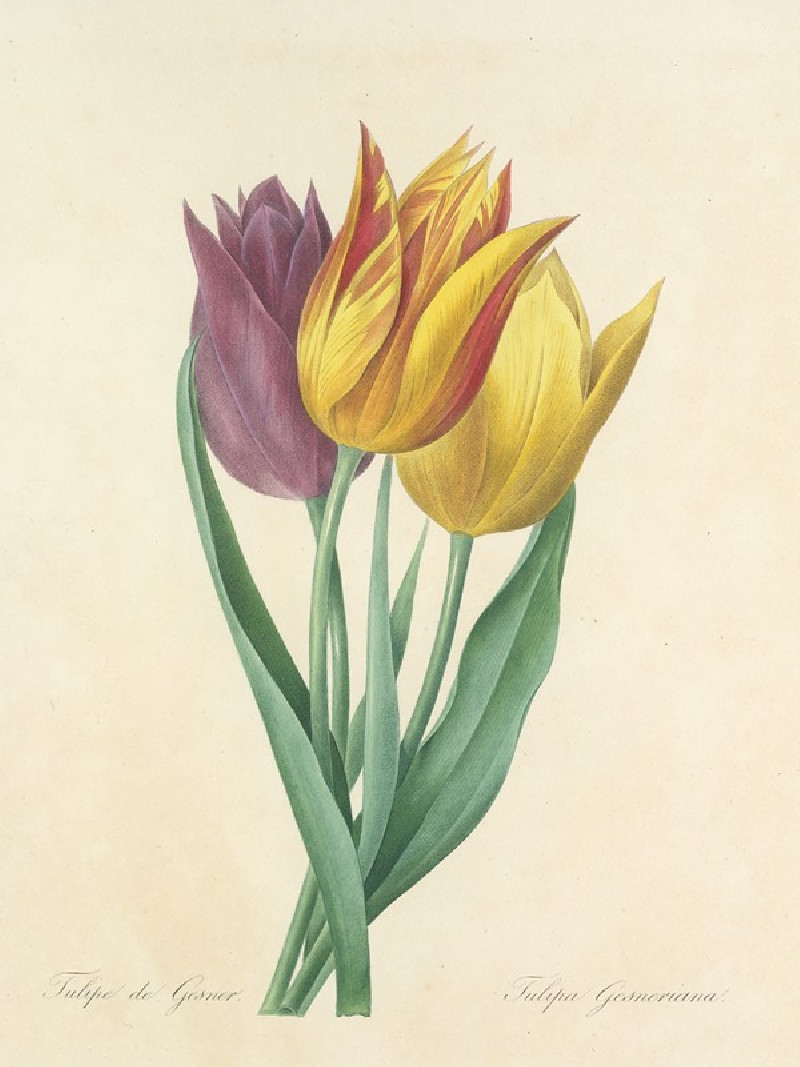Picadilly Circus (1913)
Technique: Giclée quality print
Recommended by our customers
More about this artwork
We invite our viewers to delve into the evocative realm of "Piccadilly Circus," a distinguished work by the artist William Walcot, crafted in 1913. This exquisite etching captures the vibrant essence of one of London’s most iconic public spaces during the early 20th century.Walcot’s mastery in architectural rendering is prominently showcased in the detailed depiction of the buildings that frame the bustling scene. Prominent in the composition is the facade of the London Pavilion, intricately etched, reflecting the Edwardian Baroque architectural style prevalent at the time. The artwork is imbued with a sense of movement through the fluid, sketch-like strokes representing the dynamic flow of the crowd and the traditional horse-drawn carriages that animate the foreground.A focal point of the image is the Shaftesbury Memorial Fountain, commonly known as Eros. It stands as a testament to the public art that adorns the circus, captured by Walcot with a softness that contrasts with the crisp lines of the surrounding architecture.Through his use of light and shadow, and the mere suggestion of forms, Walcot invites the observer to experience the scene not just visually but emotionally, reflecting the transient nature of city life. The ethereal quality of the etching encourages a poetic interpretation, allowing one's gaze to meander through the foggy atmosphere typical of London, enhancing the historical context and emotional resonance of the time."Piccadilly Circus (1913)" is more than just a visual representation; it is an historical artifact that communicates the enduring vibrancy and cultural significance of its location. This piece serves as a beautiful reminder of the city's bustling activity and architectural beauty, forever preserved in Walcot’s delicate etching lines.
Delivery
Returns
William Walcot RE was a Scottish architect, graphic artist and etcher, notable as a practitioner of refined Art Nouveau (Style Moderne) in Moscow, Russia (as Вильям Францевич Валькот). His trademark Lady's Head keystone ornament became the easily recognisable symbol of Russian Style Moderne. In 1920s–1930s, he concentrated on graphic art and was praised as "the best architectural draftsman" in London.

